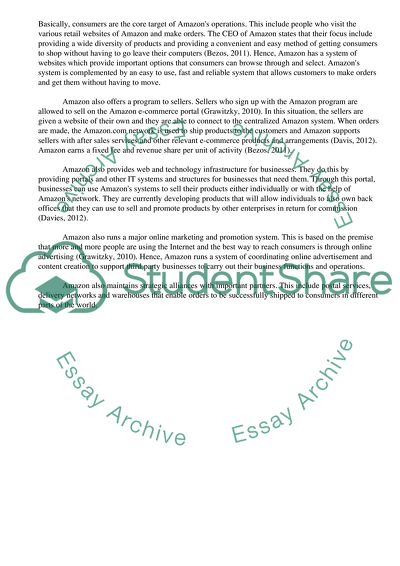Cite this document
(“The role of technology in the attainment of strategic objectives and Essay”, n.d.)
The role of technology in the attainment of strategic objectives and Essay. Retrieved from https://studentshare.org/management/1400373-operations
The role of technology in the attainment of strategic objectives and Essay. Retrieved from https://studentshare.org/management/1400373-operations
(The Role of Technology in the Attainment of Strategic Objectives and Essay)
The Role of Technology in the Attainment of Strategic Objectives and Essay. https://studentshare.org/management/1400373-operations.
The Role of Technology in the Attainment of Strategic Objectives and Essay. https://studentshare.org/management/1400373-operations.
“The Role of Technology in the Attainment of Strategic Objectives and Essay”, n.d. https://studentshare.org/management/1400373-operations.


